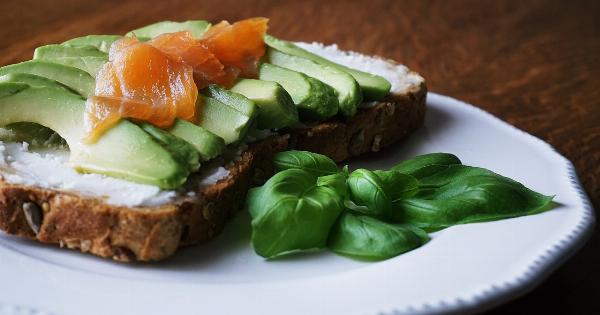Healthy snacking plays a crucial role in a child’s overall growth and development. However, many snacks that are marketed towards children are loaded with added sugars, which can have detrimental effects on their health.
Excessive sugar consumption can lead to weight gain, tooth decay, and an increased risk of chronic diseases such as type 2 diabetes and cardiovascular issues.
As responsible parents, it is important to be mindful of the snacks we provide our children and find ways to cut down on their sugar intake.
In this article, we will explore some smart snacking strategies that can help reduce sugar consumption for kids while still ensuring they enjoy tasty and satisfying treats.
1. Opt for Real Fruits Instead of Fruit Juices
While fruit juices may seem like a healthy option, they are often packed with added sugars and lack the dietary fiber present in whole fruits. Instead of giving your child a glass of orange juice, offer them a whole orange.
Whole fruits not only provide essential vitamins and minerals but also contain natural sugars and fiber that help slow down the absorption of sugar into the bloodstream.
2. Prepare Homemade Snacks
One way to control the amount of sugar in your child’s snacks is by preparing them at home. By making snacks from scratch, you have full control over the ingredients used.
Replace store-bought granola bars and cookies with homemade versions using healthier ingredients like whole grains, nuts, and seeds. This way, you can significantly reduce the sugar content while adding valuable nutrients to your child’s diet.
3. Choose Whole Grain Snacks
When it comes to snack time, opt for whole grain options instead of refined grains. Whole grain snacks such as whole wheat crackers, popcorn, and oatmeal cookies provide more fiber and essential nutrients compared to their refined counterparts.
These snacks will keep your child feeling fuller for longer, reducing the temptation to reach for sugary treats.
4. Read Food Labels
Being aware of the sugar content in packaged snacks is crucial in making smart choices for your child. Always read food labels and pay attention to the amount of sugar listed.
Keep in mind that sugar may appear on the label under different names such as corn syrup, high-fructose corn syrup, dextrose, or sucrose. The higher up on the ingredient list these sugars are, the more sugar the snack contains.
5. Limit Processed and Packaged Snacks
Processed and packaged snacks are often laden with added sugars, unhealthy fats, and artificial additives. To cut down on sugar for your kids, it is advisable to limit their consumption of these snacks.
Instead, opt for healthier alternatives like fresh fruits, vegetables with dips, yogurt, or homemade trail mix.
6. Encourage Water Instead of Sugary Drinks
Sugary drinks like soda, fruit juices, and sports drinks are among the leading sources of added sugars in children’s diets. Encourage your child to drink water instead of these sugary beverages.
You can add flavor to water by infusing it with slices of fruits like lemons, oranges, or berries.
7. Be a Role Model
Children often mimic their parents’ eating habits. Set a good example for your kids by choosing nutritious snacks yourself. If your child sees you snacking on fruits, vegetables, and low-sugar options, they are more likely to follow suit.
8. Get Your Child Involved
Engage your child in the snack selection and preparation process. Take them grocery shopping and allow them to choose their favorite fruits, veggies, and whole grain snacks.
Involving children in meal planning and preparation can increase their interest in healthier food options and make them less inclined to choose sugary snacks.
9. Practice Portion Control
Even if a snack is low in sugar, consuming large portions can still contribute to excessive sugar intake. Teach your child about portion sizes and encourage them to listen to their body’s hunger and fullness cues.
This will help them develop healthy eating habits and avoid mindless snacking.
10. Be Patient and Persistent
Transitioning your child to healthier snacks with less sugar may not happen overnight. It is important to be patient and persistent.
Over time, their taste buds will adapt, and they will start to appreciate the natural sweetness of fruits and other low-sugar snacks.
By implementing these smart snacking strategies, you can help your child develop healthy eating habits and reduce their sugar consumption. Remember, small changes can lead to significant long-term benefits for your child’s health and well-being.






























